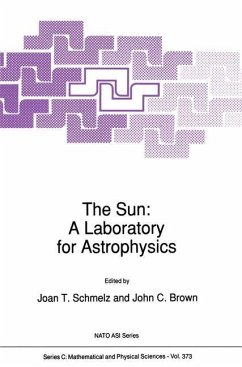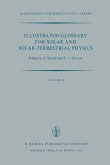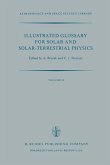As in the days following Skylab, solar physics came to the end of an era when the So lar Maximum Mission re-entered the earth's atmosphere in December 1989. The 1980s had been a pioneering decade not only in space- and ground-based studies of the solar atmosphere (Solar Maximum Mission, Hinotori, VLA, Big Bear, Nanc;ay, etc.) but also in solar-terrestrial relations (ISEE, AMPTE), and solar interior neutrino and helioseismol ogy studies. The pace of development in related areas of theory (nuclear, atomic, MHD, beam-plasma) has been equally impressive. All of these raised tantalizing further questions about the structure and dynamics of the Sun as the prototypical and best observed star. This Advanced Study Institute was timed at a pivotal point between that decade and the realisation of Yohkoh, Ulysses, SOHO, GRANAT, Coronas, and new ground-based optical facilities such as LEST and GONG, so as to teach and inspire the up and coming young solar researchers of the 1990s. The topics,lecturers, and students were all chosen with this goal in mind, and the result seems to have been highly successful by all reports.








